![[EN IMAGES] Descents into the heart of REM](https://queenscitizen.ca/wp-content/uploads/2022/07/EN-IMAGES-Descents-into-the-heart-of-REM-1024x422.jpg)
As work nears completion to connect Montreal Airport to the Metropolitan Express Network (REM), we were able to descend into the heart of the newly dug tunnel.
• Also Read: REM Charges: The first increase is already in sight
• Also Read: The REM tunnel boring machine crosses the finish line at the airport
Descent to the site is through a trench of approximately 600 meters located 15 meters below the surface. Around here, CDPQ Infra, which is in charge of the project, has built the necessary infrastructure to make concrete, treat water, transport materials and empty excavated land.
The 2.5 km long tunnel is 35 meters below the surface.
Excavation and assembly of concrete walls was done using tunnel boring machine. According to CDPQ Infra, this is the first time in Quebec that a tunnel boring machine capable of performing these two tasks has been used.
“In our case, we have two conditions. We have both loose soil and stone. That’s why we used such a technique,” explained Marc-Andre Lefebvre, our guide for the visit and director of communications at NouveauLR.
With a diameter of about 7.5 meters, the tunnel boring machine has a head made up of 47 discs, each of which has a pressure of 25 tonnes to break the earth. The cuttings are drained to the surface by means of an endless screw on a treadmill.
At the front, the control cabin ensures the proper functioning of the tunnel boring machine. “It is a job that requires a lot of experience. For a project like this, we need to seek out the best in the world to ensure we have the expertise we need. It was possible to import this knowledge to Quebec to train people,” revealed Mr. Lefebvre.
The “shield” representing the front of the plane is 30 meters long and weighs 430 tons. At every advance of 1.5 meters, the pistons retract to position the tunnel support sections.
Each ring is made up of seven voussoirs, which complete the circle. A total of 1045 rings have been installed in 2.5 kilometers of the tunnel.
Concrete is poured into the space between the rock and the ring to ensure complete waterproofing. This is one of those points where there is still “a lot of work”.
During the excavation, about 100 workers worked in three shifts of 12 hours each.
“In the middle of winter, there are people who come in here in the dark, come out in the dark, and spend time in the tunnel without seeing the light of day. It is a very difficult task to do,” said Mr. Lefebvre said.
As we moved forward, the ground was filled with water. A common situation, according to the explanations given to us, is that rainwater flows down through the trench towards the tunnel. After the work is done, the area should be completely closed.
Finally, a raft, a fixed platform, is installed slightly above the ground to lay the REM rails. Hidden below are various electrical cables required for its proper functioning.
In the next few months, teams will dismantle the tunnel boring machine that will be used only for this tunnel.
Aéroports de Montréal (ADM) will be responsible for building the station leading to the tunnel. Although REM is slated to open in 2024, no date has yet been put forward for the future station’s inauguration.


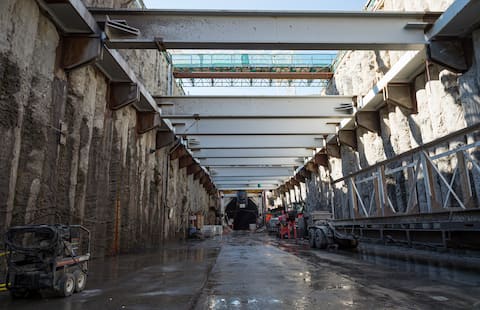
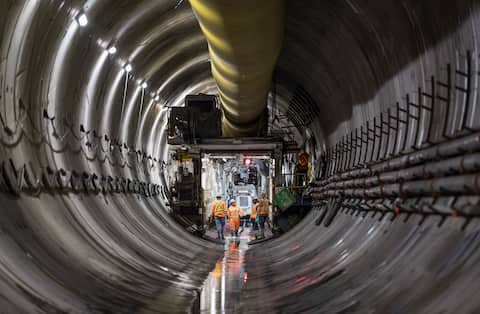
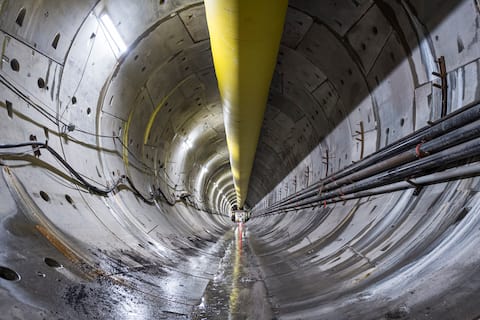

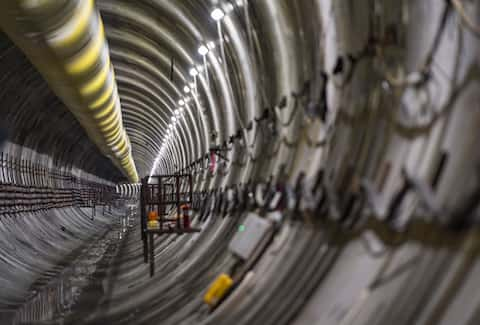


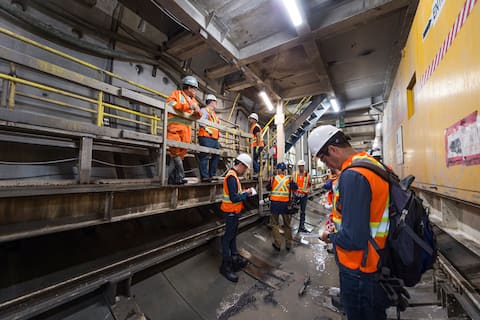

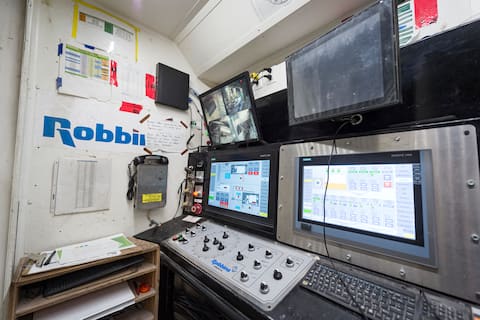
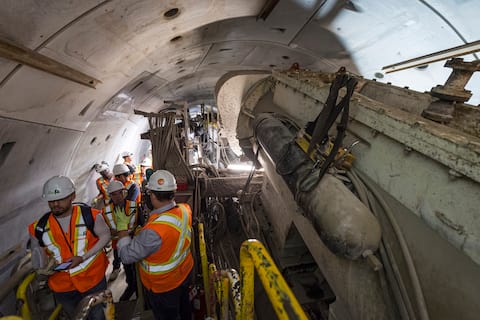
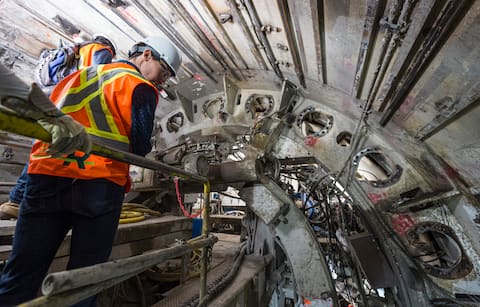
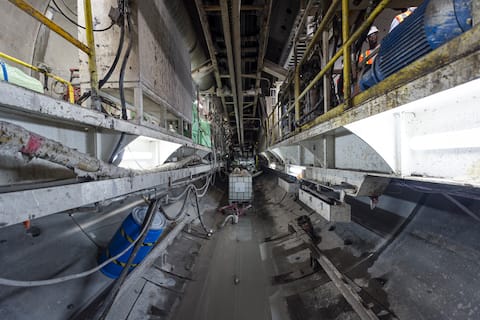
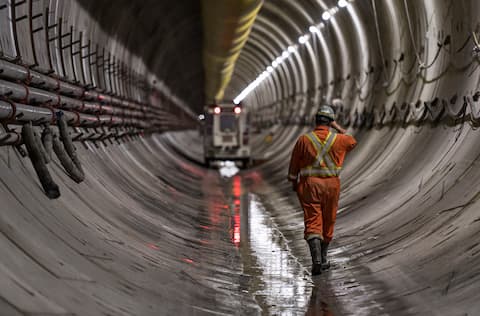
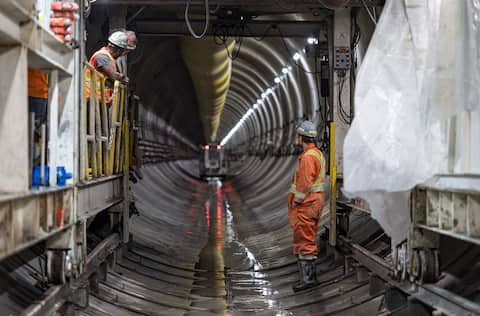




More Stories
Sportswear: Lolle acquires Louis Garneau Sports
REM is still innovative enough to foot the bill
A trip to the restaurant with no regrets for these customers